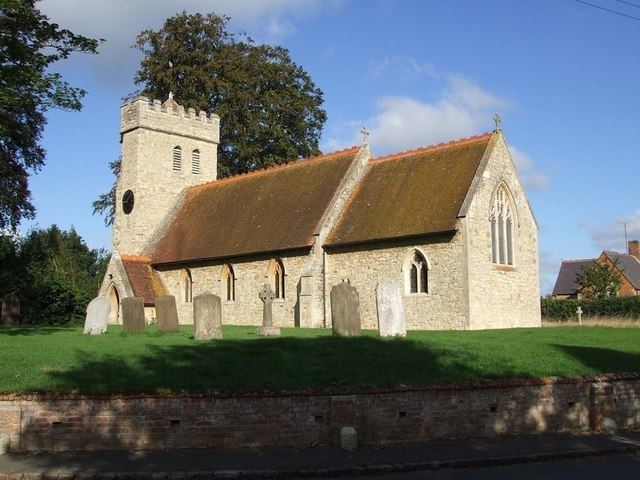OS grid reference SP8420 Sovereign state United Kingdom Dialling code 01296 | Civil parish Aston Abbotts Local time Monday 8:02 PM | |
 | ||
Population 366 (2011 Census including Burston) Weather 3°C, Wind SW at 18 km/h, 88% Humidity | ||
Aston Abbotts or Aston Abbots is a village and civil parish in the Aylesbury Vale district of Buckinghamshire, England. It is about 4 miles (6.4 km) north of Aylesbury and 2.5 miles (4 km) south west of Wing. The parish includes the hamlet of Burston. The 2011 Census recorded a parish population of 366.
Contents
- Map of Aston Abbotts Aylesbury UK
- Manor
- Parish church
- Czechoslovak government in exile
- Amenities
- References
Map of Aston Abbotts, Aylesbury, UK
Manor
"Aston" is a common toponym in England, derived from the Old English for "eastern estate". The suffix "Abbotts" refers to the former abbey in the village, which until the Dissolution of the Monasteries in the 16th century was the country home of the abbots of St Albans in Hertfordshire. The present house called The Abbey, Aston Abbotts was largely built in the late 18th century and altered in the early 19th century.
Parish church
The Church of England parish church of St James the Great has a late 15th or early 16th century Perpendicular Gothic west tower, but the rest of the building was demolished in 1865 and replaced with a new nave and chancel designed by the Oxford Diocesan Architect G.E. Street and completed in 1866. The church is a Grade II* listed building.
The church tower has a ring of six bells. Anthony Chandler of Drayton Parslow cast the third and fifth bells in the Commonwealth period in 1652. Edward Hall, also of Drayton Parslow, cast the fourth bell in 1739 and the tenor in 1740. John Taylor & Co of Loughborough cast the treble and second bells in 1929.
The explorer James Clark Ross is buried in the churchyard of St James the Great.
Czechoslovak government-in-exile
In the Second World War from 1940 to 1945 Dr Edvard Beneš, the exiled President of Czechoslovakia, stayed at The Abbey in Aston Abbotts. His advisers and secretaries (called his Chancellery) stayed in nearby Wingrave, and his military intelligence staff stayed at nearby Addington. President Beneš gave a bus shelter to the villages of Aston Abbotts and Wingrave in 1944. It is on the A418 road between the two villages.
Amenities
The village has a public house, the Royal Oak. Aston Abbotts had a village shop, but this closed in 2005.
